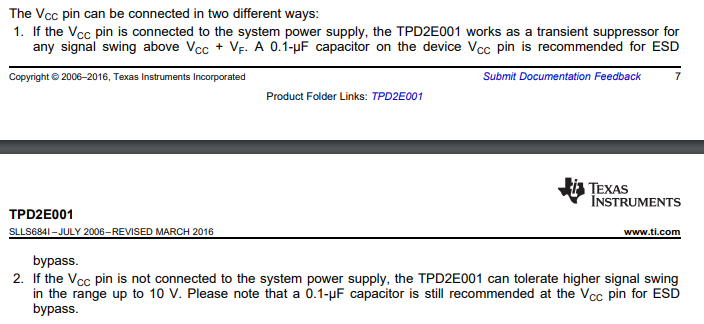Hi team,
Could you tell me about the leakage current for IO to VCC when VCC is no power?
According to the datasheet, IOpin is referenced to VCC.
When the VCC has no power supply and a signal is applied to the IOpin, a voltage can be seen at VCC.
Is there any way to prevent this?
As a system, the signal is input to the IO pin even if there is no VCC.
Sincerely.
Kengo.
-
Ask a related question
What is a related question?A related question is a question created from another question. When the related question is created, it will be automatically linked to the original question.


